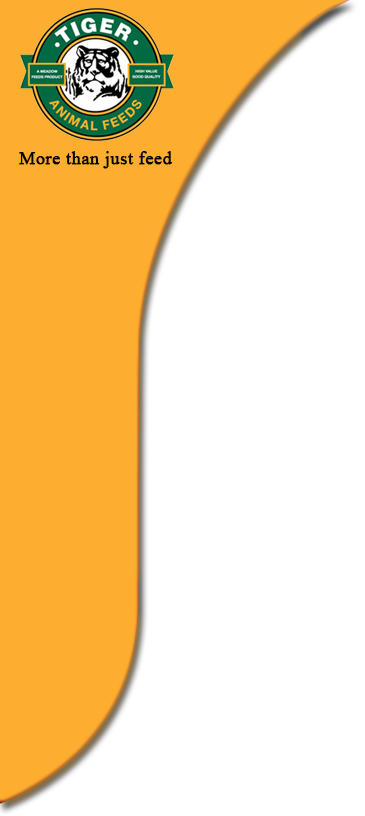Why margin-over-feed cost is a useful measure of performance
Author: Dr. Mike Varley
Publicattion: N/A
Date: 23-03-2006
Using high performance, better quality rations can, in some cases, make weaner production look more costly at first glance. But the bigger picture will tell a different and more accurate story, says Provimi's SCA research manager Dr. Mike Varley.
The UK pig industry has often quoted the cost per kg gain as an indication and a benchmark for monitoring individual herds. However, it takes no account of the timescales required to reach sale or transfer weights, or the higher weights at transfer. In both cases, financial performance is improved through a combination of higher prices per pig, less feed consumed and increased throughput of pigs.
Feed represents around 70% of overall rearing costs in pig farming, so the margin between revenue and feed cost is a fair measure of performance.
Feed costs per unit of daily liveweight gain are widely used as a measure of physical and financial performance within the business. Table 1 shows the financial effect of different quality feed regimes on two farms fed to weaners up to 70 days old.
Farm B with a higher specification feed programme, incurs greater feed costs, but this is balanced by improved growth rates and feed coversion ratios. However, at the end of the day, cost per kg liveweight gain for Farm B is 4.1% higher than for Farm A. At this point, some managers might conclude that the Farm A option is the one to deploy to maximise overall margins.
It is essential that producers go a step further and take note of improved growth rates and days to sale or transfer to see what effect this has on margin per pig. This is shown in Table 2.
The improved growth performance in Farm B means that weaners for sale, or transfer at 70 days of age, are 29.1 kg compared to the 24.4 kg for Farm A. Translated into a monetary value, this means that the sale price per pig improves and the margin per pig for Farm B is now ÂŁ30.10 against a margin per pig for Farm A of ÂŁ26.10. In other words, we have improved the margin by 15%. For a 1,000 sow operation producing 22 piglets per sow per year this could mean ÂŁ88,000 extra on the bottom line every year.
Furthermore, with continued quality nutrition, the improved growth rates and performance acheived at weaning on Farm B will continue through until slaughter with further savings in overall costs of production.
The extra 4.&kg per pig at 70 days on Farm B would contribute to reducing the overall time to slaughter at 95kg by 10 to 12 days with associated cost advantages.
| Farm A | Farm B | |
|---|---|---|
| Weaning age (days) | 28.0 | 28.0 |
| Weaning weight (kg) | 7.5 | 8.0 |
| Daily gain to 42 days of age (g/d) | 250 | 350 |
| Daily gain 42 to 70 days (g/d) | 480 | 580 |
| Wt at day 42 (kg) | 11.0 | 12.9 |
| Wt at day 72 (kg) | 24.4 | 29.1 |
| FCR 0 stage 1 starter diet | 1.3 | 1.1 |
| FCR - stage 2 starter diet | 1.5 | 1.4 |
| Cost of Starter 1 (ÂŁ/t) | 450 | 500 |
| Cost of Starter 2 (ÂŁ/t) | 300 | 350 |
| Total Feed Cost Per Pig (ÂŁ) | 8.1 | 10.7 |
| Cost per kg gain (ÂŁ) | 0.48 | 0.50 |
Table 2: Margin per pig produced
| Farm A | Farm B | |
|---|---|---|
| Weaner Price Per Kg (ÂŁ/kg) | 1.4 | 1.4 |
| Total sale price per pig (ÂŁ) | 34.2 | 40.8 |
| *total margin per pig (ÂŁ) | 26.1 | 30.1 |
| *sale price per weaner minus total feed cost per pig | ||






















